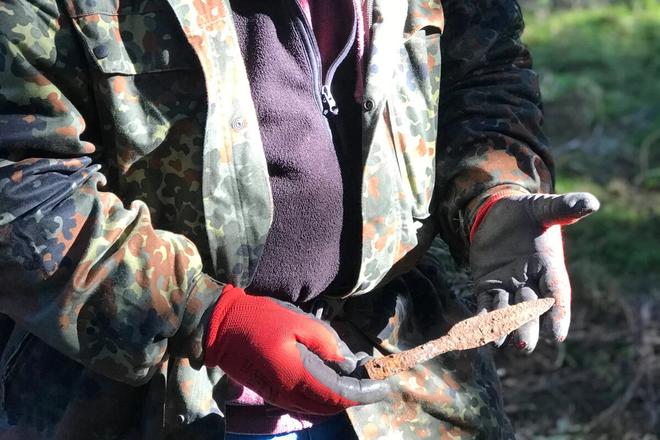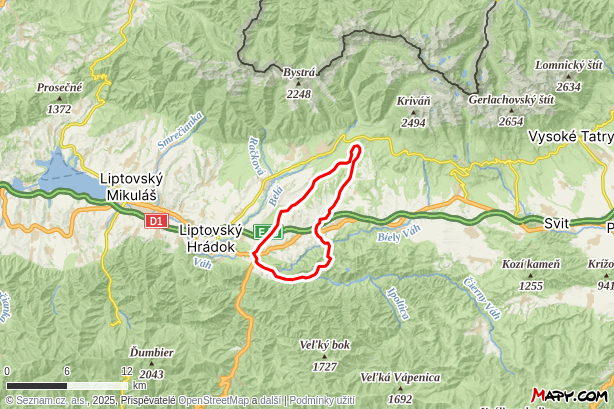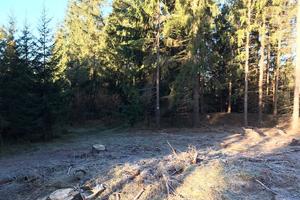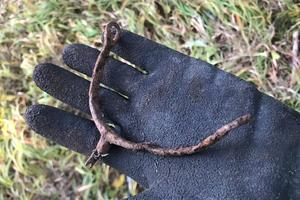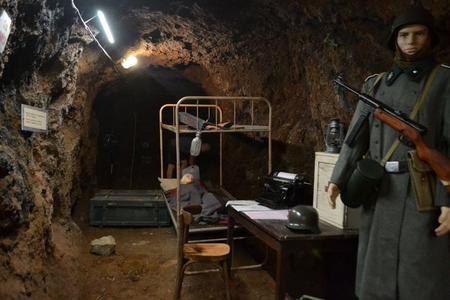Archaeologists in Slovakia have uncovered the remains of a small Iron Age hillfort hidden in dense forest near the village of Hybe, in the northern Liptov region. The site, perched on a ridge in the Kozie chrbty mountain range, may have remained unknown if not for a tip-off about nearby logging work that threatened to damage it.
Initial clues emerged in 2023, when Martin Geško, a member of the amateur archaeology group Septentrio, reported the site to local heritage officials. But it was not until a local resident, Ján Ďurech, raised the alarm about tree felling dangerously close to the ancient fortifications that a full-scale survey was launched.
“Only then did we carry out proper research, this time using metal detectors,” Martin Furman from the Regional Monuments Office (KPÚ) in Žilina told the regional news site My Liptov.
Over two days of fieldwork – supported by volunteers – the team uncovered artefacts spanning from the Iron Age to the 19th century. Finds included bent iron knives, a spearhead, a twisted iron spit, and plain ceramic shards believed to be ancient cooking pots. Later layers yielded mediaeval horseshoe fragments, nails, and even a brass pipe lid from the 1800s.
Though the site covers less than half a hectare, its position is key. Located above the Biela Váh river and protected on most sides by steep terrain, it appears to have served as a lookout point over an ancient trade route between the Liptov and Spiš regions of present-day Slovakia.
“This hillfort likely had a defensive or control function,” Furman said. “It may have monitored movement through the mountains.”
The discovery will be presented at the Kelti 2025 international archaeology conference in Zlín, Czech Republic, and the artefacts handed over to the Liptov Museum for further study and preservation.


